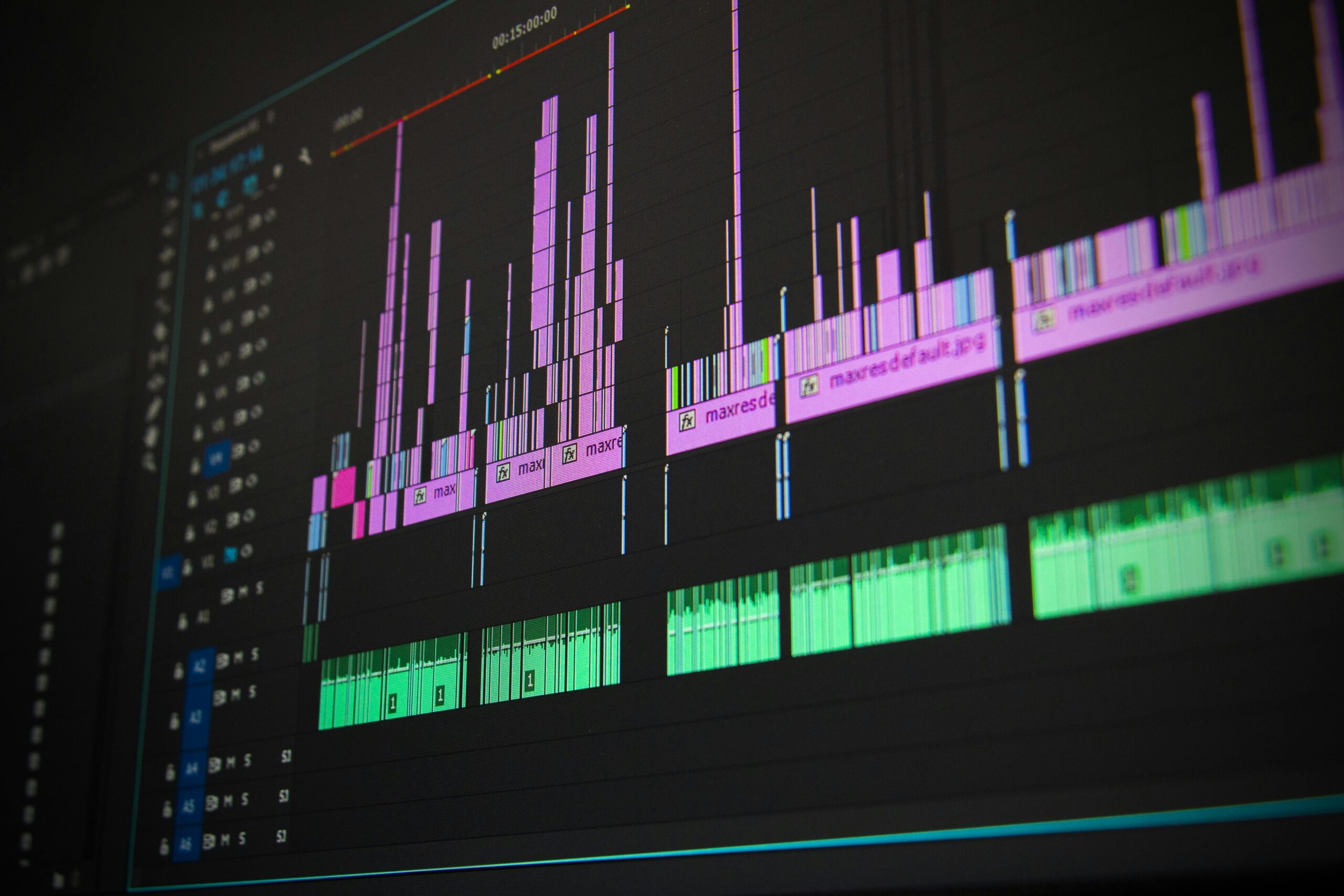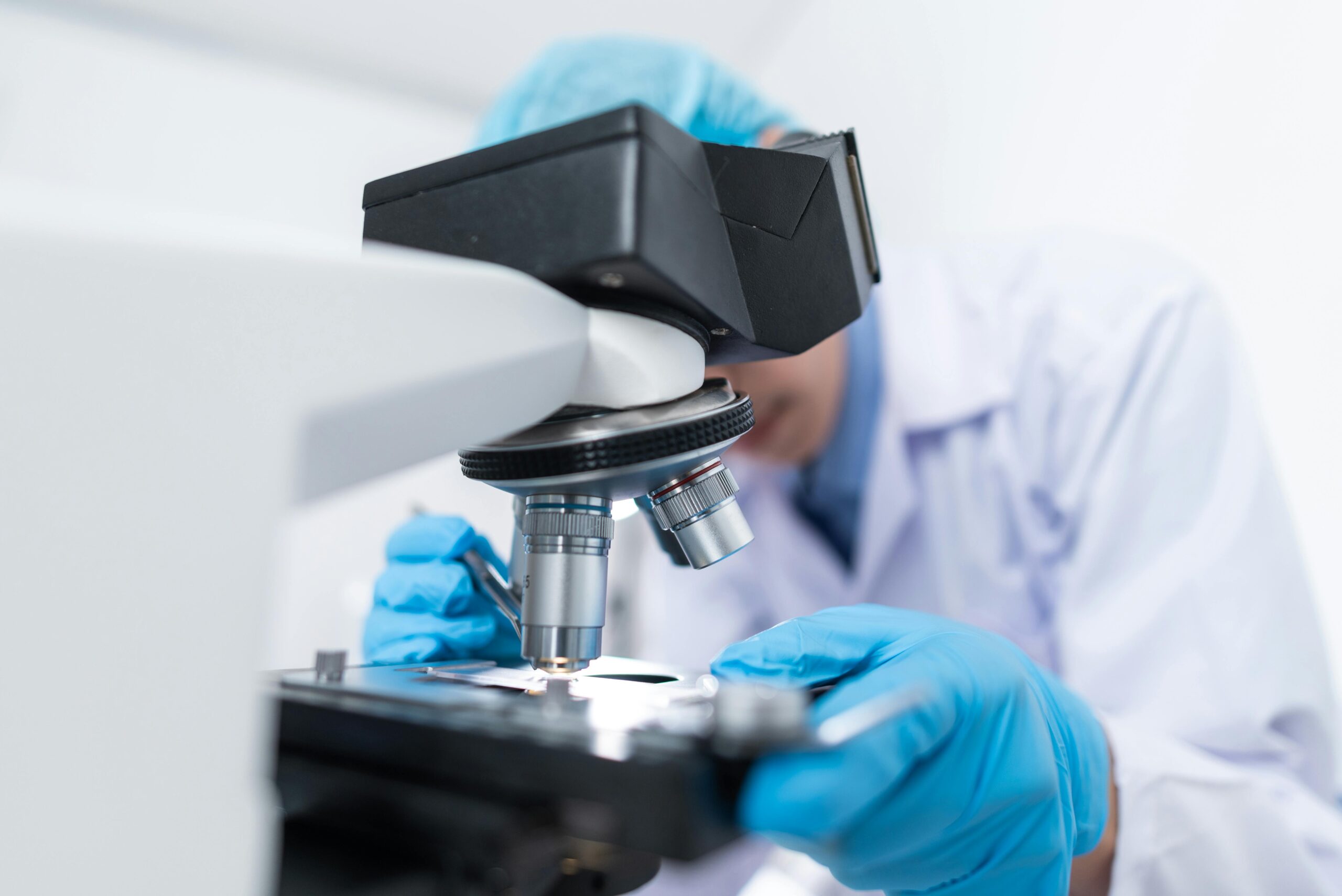The invisible world living inside us holds extraordinary power over our health, influencing everything from digestion to mental well-being and immune function.
Recent advances in microbiome genomics have revolutionized our understanding of how trillions of microorganisms interact with human cells, creating a complex ecosystem that fundamentally shapes our biological destiny. This intricate relationship between host and microbe represents one of the most exciting frontiers in modern medicine, offering unprecedented insights into disease prevention and personalized healthcare strategies.
🔬 The Genomic Revolution in Microbiome Research
Microbiome genomics has transformed from a niche scientific field into a cornerstone of modern health research. By sequencing the collective genetic material of microorganisms inhabiting our bodies, researchers can now map the complete microbial landscape with unprecedented precision. This genomic approach reveals not just which microbes are present, but what they’re actually doing within our bodies.
The human microbiome contains approximately 100 trillion microbial cells, outnumbering our own human cells. These microorganisms collectively possess genetic material that dwarfs our human genome by a factor of 150 to 1. This vast genetic reservoir provides capabilities that humans simply don’t possess naturally, from synthesizing essential vitamins to breaking down complex plant fibers.
Advanced sequencing technologies have made it possible to identify microbial species and strains with remarkable accuracy. Whole-genome shotgun sequencing, metagenomics, and metabolomics now work in concert to provide a comprehensive picture of microbial community structure, function, and metabolic output.
The Molecular Dialogue Between Microbes and Human Cells
The relationship between microbiome and host operates through sophisticated molecular communication channels. Microbes produce metabolites, signaling molecules, and proteins that directly interact with human cells, influencing gene expression, immune responses, and metabolic processes.
Short-chain fatty acids (SCFAs) exemplify this bidirectional communication. When gut bacteria ferment dietary fiber, they produce SCFAs like butyrate, propionate, and acetate. These molecules serve as energy sources for intestinal cells while simultaneously regulating immune function and reducing inflammation throughout the body.
Key Mechanisms of Host-Microbe Interaction
- Metabolite production: Microbial metabolites influence human metabolism, hormone production, and neurotransmitter synthesis
- Immune system education: Commensal bacteria train immune cells to distinguish between harmful pathogens and beneficial organisms
- Barrier function maintenance: Microbes strengthen intestinal barriers, preventing harmful substances from entering bloodstream
- Gene expression modulation: Microbial signals can activate or silence human genes through epigenetic mechanisms
- Competitive exclusion: Beneficial bacteria occupy niches that would otherwise be colonized by pathogens
Genomic Fingerprints: Mapping Individual Microbiome Profiles
Just as each person has a unique human genome, everyone possesses a distinctive microbiome composition. Genomic analysis reveals that individual microbiome profiles are shaped by genetics, diet, lifestyle, geography, and early-life exposures. This personalized microbial signature has profound implications for health outcomes and disease susceptibility.
Twin studies have demonstrated that while genetics influence microbiome composition, environmental factors play an equally important role. Identical twins show greater microbiome similarity than fraternal twins, yet their microbial communities still diverge significantly based on dietary choices, antibiotic exposure, and lifestyle factors.
The concept of enterotypes—distinct microbial community patterns that transcend individual variation—has emerged from large-scale genomic studies. These enterotypes appear to influence how individuals respond to different diets, medications, and environmental exposures, suggesting that personalized medicine must account for microbiome composition.
🧬 From Correlation to Causation: Understanding Health Impacts
Early microbiome research primarily identified associations between microbial composition and disease states. Genomic approaches have advanced the field beyond correlation, enabling researchers to establish causal relationships and understand mechanistic pathways linking microbiome alterations to specific health outcomes.
Germ-free animal models—organisms raised in sterile environments without any microbiome—have proven invaluable for demonstrating causality. By colonizing these animals with specific microbial communities or individual species, researchers can directly observe how microbiome composition influences host physiology.
Microbiome Influence Across Body Systems
| Body System | Microbiome Impact | Key Mechanisms |
|---|---|---|
| Digestive System | Nutrient absorption, barrier integrity | Enzyme production, SCFA synthesis |
| Immune System | Immune cell development, inflammation regulation | T-cell education, cytokine modulation |
| Nervous System | Mood, cognition, stress response | Neurotransmitter production, vagus nerve signaling |
| Metabolic System | Energy harvest, weight regulation | Caloric extraction, hormone influence |
| Cardiovascular System | Blood pressure, atherosclerosis risk | TMAO production, inflammation pathways |
The Gut-Brain Axis: Neurological Implications of Microbiome Genomics
Perhaps no discovery has captured scientific imagination more than the gut-brain axis—the bidirectional communication network connecting intestinal microbiota with the central nervous system. Genomic studies reveal that gut bacteria produce neurotransmitters identical to those manufactured by human neurons, including serotonin, dopamine, and GABA.
Approximately 95% of the body’s serotonin is produced in the gut, with intestinal microbes playing crucial roles in its synthesis and regulation. This finding has profound implications for understanding mood disorders, anxiety, and depression from a microbiological perspective.
The vagus nerve serves as a primary communication highway between gut and brain, transmitting signals in both directions. Microbial metabolites can stimulate vagal afferent neurons, directly influencing brain chemistry and behavior. This connection explains why gastrointestinal disturbances often accompany psychological conditions and vice versa.
💊 Therapeutic Applications: From Knowledge to Treatment
Understanding microbiome genomics has opened new therapeutic avenues for conditions previously considered difficult to treat. Fecal microbiota transplantation (FMT) represents the most dramatic clinical application, with remarkable success rates exceeding 90% for recurrent Clostridioides difficile infections.
Next-generation probiotics—designed based on genomic insights—target specific health outcomes with precision. Unlike traditional probiotics containing common Lactobacillus or Bifidobacterium strains, these advanced formulations include carefully selected bacterial consortia or individual strains with demonstrated functional benefits.
Precision prebiotics represent another therapeutic frontier. Rather than generic fiber supplements, these compounds selectively nourish beneficial microbial species identified through genomic analysis. This targeted approach maximizes therapeutic effects while minimizing undesirable microbial shifts.
Emerging Microbiome-Based Therapies
- Live biotherapeutic products: Defined microbial consortia designed to restore healthy microbiome function
- Postbiotics: Beneficial metabolites or cellular components derived from probiotics
- Phage therapy: Bacteriophages targeting specific pathogenic bacteria without disturbing beneficial species
- Microbial metabolite supplementation: Direct administration of beneficial compounds like butyrate or indole derivatives
- Dietary interventions: Personalized nutrition based on individual microbiome composition and metabolic capacity
Antibiotic Impact: The Double-Edged Sword Revealed Through Genomics
Genomic studies have illuminated the profound and lasting impact of antibiotics on microbiome composition. While these medications save countless lives by eliminating pathogenic bacteria, they simultaneously devastate beneficial microbial communities, creating collateral damage that can persist for months or years.
Longitudinal genomic analysis shows that even a single course of broad-spectrum antibiotics can reduce microbial diversity by up to 30%, with some species never returning to pre-treatment levels. This loss of diversity correlates with increased susceptibility to infections, metabolic disorders, and immune dysfunction.
The concept of microbiome resilience—the ability to recover from perturbations—varies dramatically between individuals based on baseline diversity, dietary patterns, and genetic factors. Genomic profiling may eventually guide antibiotic stewardship, identifying patients at higher risk for long-term microbiome disruption.
🌱 Lifestyle Factors: Shaping Your Microbial Ecosystem
Genomic research has identified specific lifestyle interventions that reliably reshape microbiome composition in beneficial directions. Diet emerges as the most powerful modifiable factor, with dietary changes producing detectable microbiome shifts within 24-48 hours.
Plant diversity in the diet directly correlates with microbial diversity—a key predictor of overall health. Consuming 30 or more different plant foods weekly significantly increases beneficial bacterial species compared to diets with limited plant variety. This relationship holds across cultures and geographic regions.
Exercise independently influences microbiome composition, with athletes displaying distinct microbial profiles characterized by increased butyrate-producing species. These exercise-associated changes appear to contribute to improved metabolic health and reduced inflammation, independent of dietary factors.
Evidence-Based Microbiome Optimization Strategies
- Increase dietary fiber intake: Target 30-40 grams daily from diverse plant sources
- Consume fermented foods: Yogurt, kefir, kimchi, sauerkraut introduce beneficial live cultures
- Limit artificial sweeteners: Some alternatives negatively impact glucose metabolism via microbiome changes
- Reduce unnecessary antibiotic use: Preserve microbial diversity when alternatives exist
- Manage stress levels: Chronic stress alters gut permeability and microbial composition
- Prioritize sleep quality: Circadian rhythms influence microbial function and diversity
- Minimize ultra-processed foods: These products lack prebiotic fibers and contain microbiome-disrupting additives
The Future Landscape: Personalized Microbiome Medicine
The convergence of microbiome genomics, artificial intelligence, and clinical medicine promises unprecedented precision in healthcare delivery. Machine learning algorithms can now predict individual responses to dietary interventions based on microbiome composition, baseline metabolic parameters, and genetic factors.
Direct-to-consumer microbiome testing services have emerged, offering individuals insights into their personal microbial communities. While promising, these services require careful interpretation, as the field continues refining which microbial markers reliably predict health outcomes versus those representing benign variation.
Regulatory frameworks are evolving to accommodate microbiome-based therapies. The FDA has established pathways for live biotherapeutic products, recognizing these treatments as distinct from traditional pharmaceuticals. This regulatory clarity accelerates development of clinically validated microbiome interventions.
🔍 Challenges and Limitations in Current Understanding
Despite remarkable progress, significant challenges remain in translating microbiome genomics into clinical practice. Individual variation in microbiome composition makes it difficult to establish universal markers of health versus dysbiosis. What represents a “healthy” microbiome for one person may differ substantially from another’s optimal composition.
Causality remains difficult to establish in human studies. While associations between microbiome patterns and disease states are numerous, determining whether microbial changes cause disease or result from underlying pathology requires sophisticated research designs and long-term studies.
Functional redundancy in microbial communities complicates interpretation of genomic data. Different bacterial species often perform similar metabolic functions, meaning that compositional differences may not translate to functional differences in host health outcomes.

Integrating Microbiome Insights Into Daily Health Decisions
The practical application of microbiome science doesn’t require expensive testing or specialized interventions. Evidence-based strategies for supporting a healthy microbiome align closely with general wellness recommendations: diverse plant-based nutrition, regular physical activity, stress management, and judicious antibiotic use.
Rather than seeking a perfect microbial composition, the goal should be fostering microbial diversity and functional capacity. This resilience-focused approach acknowledges that healthy microbiomes can take various forms while sharing key functional characteristics like diverse metabolic capabilities and stable community structure.
As research continues unveiling the intricate connections between microbiome and health, the fundamental message remains clear: nurturing our microbial partners through thoughtful lifestyle choices represents one of the most powerful tools for optimizing long-term health outcomes. The secrets within our microbiome offer not just fascinating science, but practical pathways toward enhanced wellness and disease prevention.
The genomic revolution in microbiome science has transformed these invisible inhabitants from mere passengers to recognized partners in human health. By understanding and supporting these crucial host-microbe interactions, we unlock unprecedented opportunities for preventing disease, optimizing wellness, and personalizing medical interventions based on each individual’s unique microbial ecosystem. The future of medicine increasingly recognizes that human health cannot be understood in isolation—we are, fundamentally, superorganisms whose wellbeing depends on nurturing the complex communities living within us.
Toni Santos is a biotechnology storyteller and molecular culture researcher exploring the ethical, scientific, and creative dimensions of genetic innovation. Through his studies, Toni examines how science and humanity intersect in laboratories, policies, and ideas that shape the living world. Fascinated by the symbolic and societal meanings of genetics, he investigates how discovery and design co-exist in biology — revealing how DNA editing, cellular engineering, and synthetic creation reflect human curiosity and responsibility. Blending bioethics, science communication, and cultural storytelling, Toni translates the language of molecules into reflections about identity, nature, and evolution. His work is a tribute to: The harmony between science, ethics, and imagination The transformative potential of genetic knowledge The shared responsibility of shaping life through innovation Whether you are passionate about genetics, biotechnology, or the philosophy of science, Toni invites you to explore the code of life — one discovery, one cell, one story at a time.




